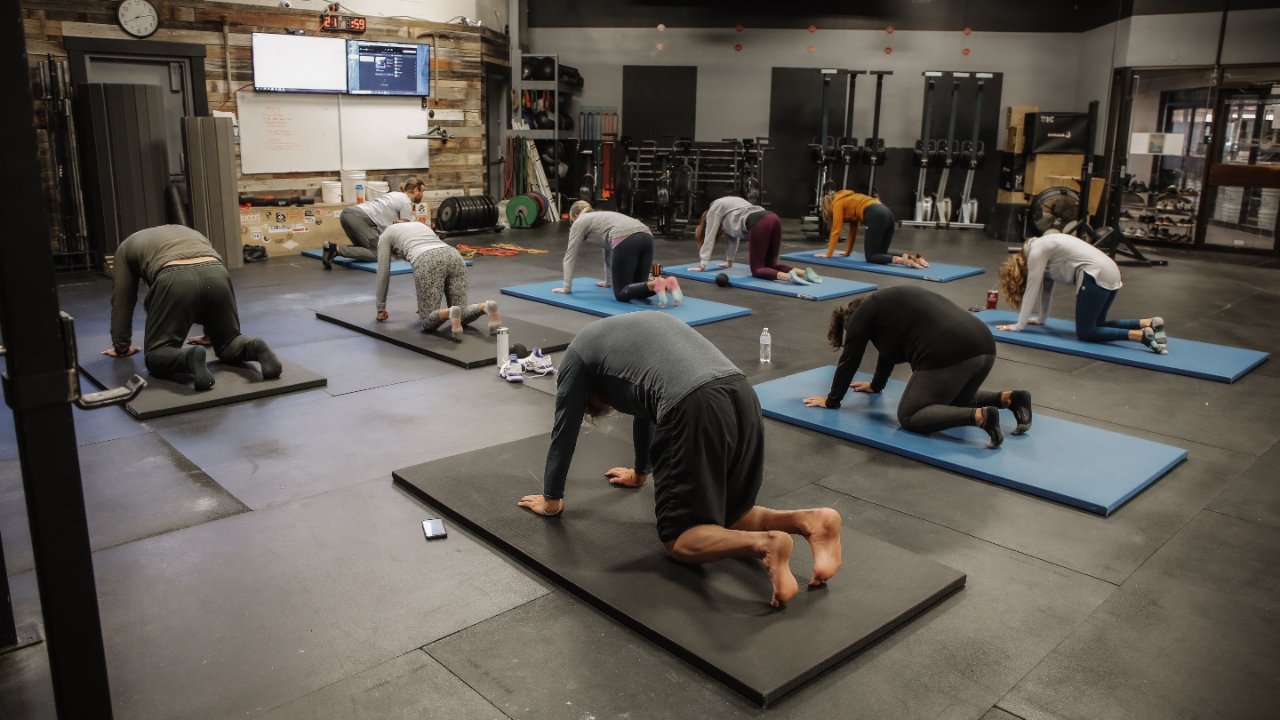If You Only Have 10 Minutes to Train Mobility, What Should You Do?
Listen to Just the Audio:
Or search 100 Year Athlete on any podcasting platform
A lot of mountain athletes join Off The Mountain because they’re experiencing joint pain while doing the sports they love. Often, they chalk it up to “old age.”
In reality, most of them have been neglecting mobility – which is about actively moving your joints through their full range of motion. It’s not flexibility, the ability to passively lengthen soft tissues.
The big payoff of mobility is that it improves two-way communication between your nervous system and your tissue. When communication is poor, your joints don’t move the way they need to move, and you’re more likely to experience pain and injuries. When communication is strong, you can move your joints with precision and avoid being stuck in positions that increase pain and limit your performance.
It doesn’t matter whether you’re super mobile or super tight – to maintain healthy communication, you must regularly move your joints the way they like to be moved. And no, mountain sports don’t move your joints through their full ranges of motion.
I know everyone is busy. So, if you can only spend 5-10 minutes on mobility 3-4 times a week, what should you do?
I’ll walk you through three drills that offer the most bang for your buck. To learn these well, first watch the video, Then do the motions with the video playing so you can hear my cues. We’ll cover three sets of exercises covering the three most important joints:
Spine: Segmented Cat Cow
Shoulders: Dumbbell Internal Rotation and External Rotation
Questions? Want more personalized mobility drills? Hit us up.

